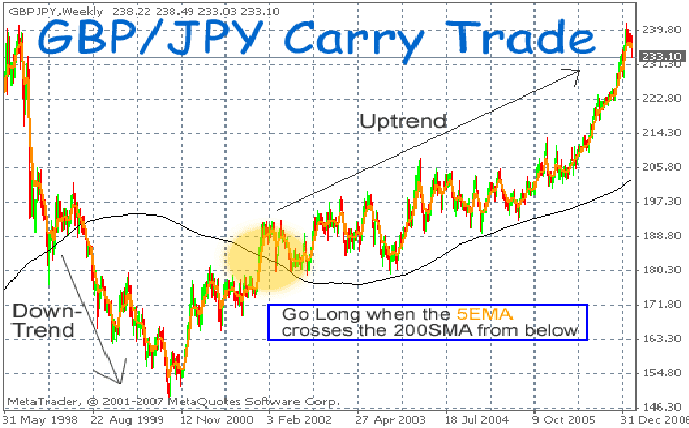Forex Carry Trade Strategies for Beginners: Carry Trade Approaches Suitable for Novice Traders
Are you a beginner in the world of forex trading? Do you want to know about a powerful trading strategy that can potentially yield significant profits? Look no further than the Forex Carry Trade! In this article, we'll explore various carry trade approaches that are perfect for novice traders looking to venture into the exciting world of forex trading. Before we dive into the strategies, let's first understand what a carry trade is.

Table Content
1. What is a Forex Carry Trade?
2. Understanding the Basics of Carry Trade
3. Carry Trade Strategies for Beginners
4. FAQs
5. Call to Action (CTA)
What is a Forex Carry Trade?
In simple terms, a forex carry trade involves borrowing money in a currency with a low-interest rate and investing it in a currency with a higher interest rate. The goal is to profit from the interest rate differential between the two currencies. Carry trades are popular among traders seeking to capitalize on the yield and volatility of the forex market.
Understanding the Basics of Carry Trade
Before we delve into specific strategies, let's get familiar with the basics of carry trade. Imagine you borrow $10,000 in a currency with an interest rate of 1% and invest it in a currency with an interest rate of 5%. Over time, you earn interest on the invested amount while paying a lower interest rate on the borrowed amount. The difference in interest rates becomes your profit.
It's important to note that while carry trades can be profitable, they also come with risks. Exchange rate fluctuations and geopolitical events can impact the trade's success. Therefore, careful risk management is crucial in carry trading.
Carry Trade Strategies for Beginners
1. Currency Pairs Selection
When starting with carry trading, it's essential to choose the right currency pairs. Look for pairs with a significant interest rate differential and stable economic conditions. Popular carry trade pairs include AUD/JPY, NZD/USD, and GBP/CHF. These pairs often offer attractive interest rate spreads, making them appealing for carry traders.
2. Long-Term Trading
Novice traders are advised to adopt a long-term approach to carry trading. Unlike day trading, where positions are closed within the same day, long-term trading involves holding positions for weeks or even months. This strategy allows traders to benefit from the compounding effect of interest rates, potentially leading to more substantial returns.
3. Diversification
Diversification is a crucial risk management technique in carry trading. Instead of investing all your funds in a single currency pair, spread your capital across multiple pairs. By diversifying, you reduce the impact of adverse market movements on your overall portfolio.
4. Monitoring Economic Events
Economic events can significantly impact currency values and interest rates. As a carry trader, stay updated on economic indicators and central bank announcements. Events like interest rate decisions, GDP releases, and employment data can trigger significant market movements, affecting your trades.
FAQs
Q 1: Is carry trading suitable for beginners?
A: Yes, carry trading can be suitable for beginners, especially if they adopt a long-term approach and practice prudent risk management.
Q 2: What is the best time frame for carry trading?
A: Long-term time frames, such as weekly or monthly, are generally preferred for carry trading.
Q 3: Are there any risks associated with carry trading?
A: Yes, carry trading involves risks, including exchange rate fluctuations and geopolitical events that can impact your trades.
Q 4: How do I choose the right currency pairs for carry trading?
A: Look for pairs with a significant interest rate differential and stable economic conditions. Popular pairs include AUD/JPY, NZD/USD, and GBP/CHF.
Q 5: Should I diversify my carry trade portfolio?
A: Yes, diversification is essential in carry trading to reduce the impact of adverse market movements.
Q 6: How do economic events affect carry trades?
A: Economic events, such as interest rate decisions and GDP releases, can trigger significant market movements, impacting carry trades.
Call to Action (CTA)
Short CTA: Ready to dive into the world of carry trading? Start your journey today!
Medium CTA: Don't miss the opportunity to profit from forex carry trades. Sign up now and embark on your trading adventure.
Long CTA: Discover the potential of carry trading and take your forex trading to the next level. Join our community of traders and unlock a world of opportunities.
In short, success in carry trading requires knowledge, practice, and discipline. Take the time to learn and develop your skills, and always trade responsibly.











Discussion